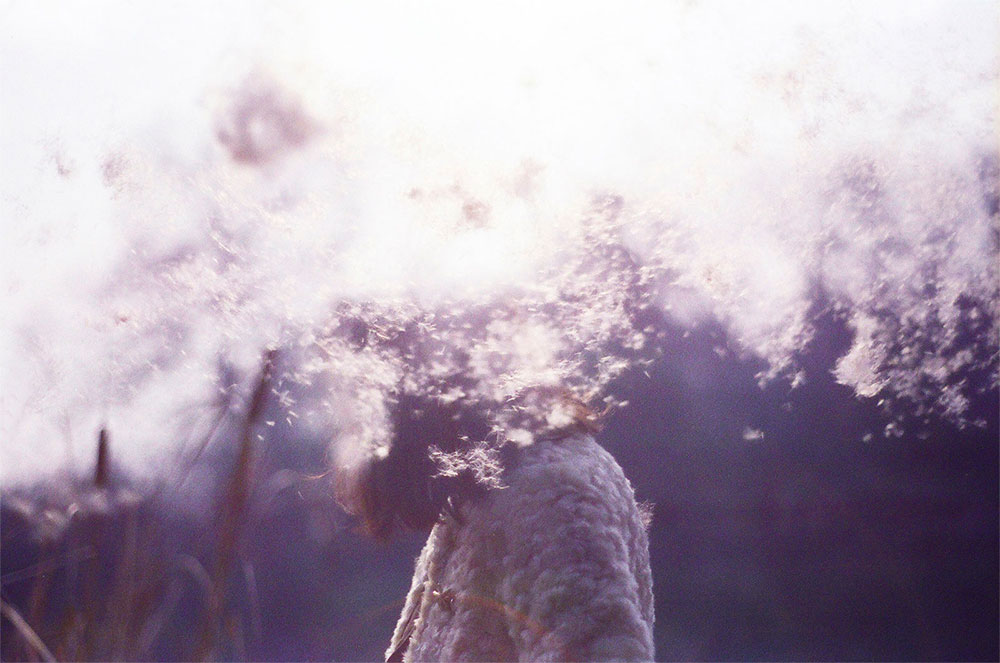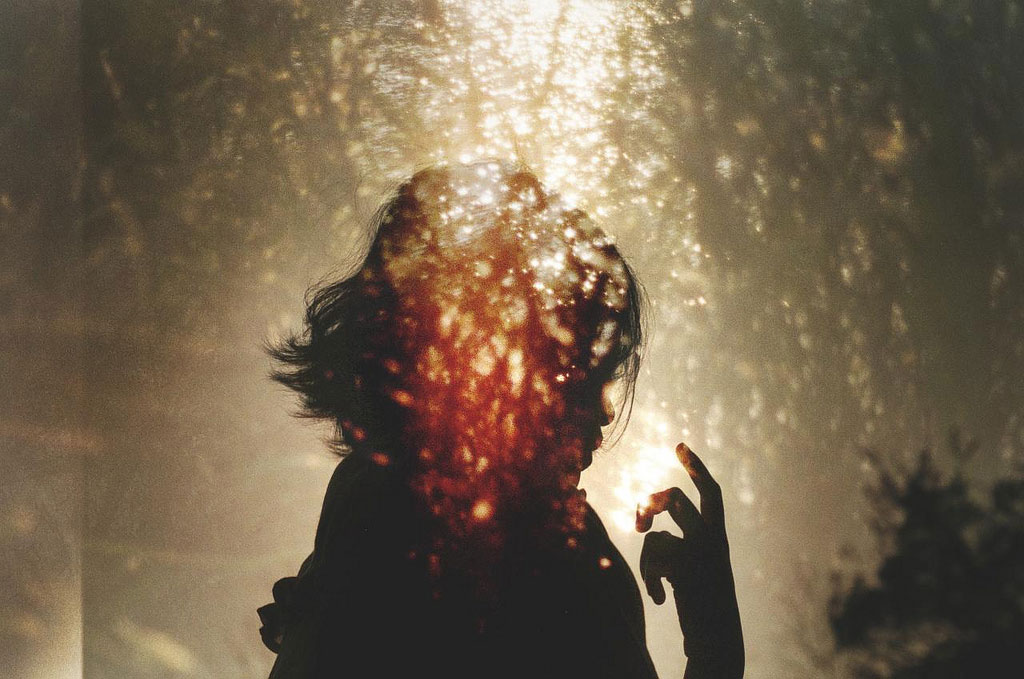Li Hui is a young Chinese photographer based in the city of Hangzhou, capital of the province of Zhejiang, China. Since 2009 she has used photography to see a different world and get the courage to “explore things her own way.” Her images are a blissful mix of sensuality and purity that disclose a unique artistic sensibility.
What got you into photography and what did you capture in your first pictures?
I remember my first pictures were self-portraits I took in front of the mirror, even though I’m a rather shy person. I just played around with my camera, but I was amazed by the retro colors and noise texture. I was shooting in a dim bathroom, and the blurry photos had this quality that reminded me of a scene from a Wong Kar-wai movie, very close to an oil painting. It suddenly occurred to me that I could express myself through photography, so I started taking more.
How have you evolved from those and why do you photograph today?
I started to collect old cameras. I’m also trying to work with a variety of films, in different weather conditions, or at different times of day to explore what makes them unique. So I think I’ve learned a lot but there’s still more ahead.
What does your work say about you?
I’m not sure, I just try to evoke a sense of imagination, mysteriousness, and emotion.
The “leit-motif” in your work seems to be sensuality (through light, details and feminine lines). What motivates you to capture this subject and what do you want to say through it?
I have a great interest in simply observing, I can be very quiet just looking at the sky, the water, a plant, or an animal for hours. I would like to motivate myself more to shoot this themes because they are just all around me. Also, I like to capture female sexuality, as to me this is something accessible and easy to observe.
To others, I may seem to be lost in my own world, but to me, this world is full of infinite possibilities. Maybe that’s what I want to say, every shape around you can appear in a different light, depending on how you look at it.
Your photographs usually portray very intimate moments. Who are your subjects and how do you choose these moments?
Usually, the subjects are my close friends, so they can trust me 100%. Some of my photos are self-portraits.
I just follow my heart to try and capture a moment when I feel the time is right. When the mood, the setting, the lights evoke some kind of emotion in me, I hit the button.
What photograph are you most proud of and what can you tell us about it?
I guess it’s the one with myself melting in white dandelion in my “After The Wind” series. It’s a double exposure, one of my early works. It somehow helped me access a world of magic.
I remember me and my friend going to the wild as we often do to explore nature. He showed me the plant, so I suddenly had the idea to take these photos. I actually took two, one using my 35mm, the other with a 120 format camera. But after I took the picture, my 120 format camera stopped working, and I haven’t been able to get the roll developed to this day.
Precisely, your images have a very mystic light, and in some of them you even have a double exposure. And what’s more, we read that you don’t edit your pictures… How do you get to such perfect results? Do you plan your shots in advance or simply go with your gut at the moment?
“I learn new things from failed experience. These somehow give me new ideas that I can use for my next shoot”.
I fail many times when I shoot double exposures. It’s a new experience every time and I keep learning. I also don’t want to repeat myself. Certain lighting conditions help give my work this sense of mysteriousness.
It depends, but I mostly plan ahead. I see the result that I want in my head before I hit the button, though I can usually only half-guess the result in advance. So in the end, the final pictures still surprise me. And this feeling of excitement makes me try and focus on different subjects the next time. I’ve had so much fun experimenting with double exposure.
The double exposures that other people take often look very complex, but I want mine to still be simple and touch people on an emotional level. So I try to get a clear idea of what result I want.
Shooting in film, you can plan what you want to get, but the result could occasionally be different of what you imagined. Do you take this as a failure or you use it to your advantage and experiment with it?
As I said, I learn new things from failed experience. These somehow give me new ideas that I can use for my next shoot. I always experiment, even If I’m not a particularly prolific photographer.
How is your work perceived in China? Can you tell us a bit about the photography scene?
I basically do all the work by myself. I usually shoot my friends, and over the past few years, my work often involved self-portraits. I’m not really part of an art scene in China.
I often invite my friends to my apartment to take photos. Unfortunately, I can’t see them that often and I’m a little uncomfortable around strangers, so that’s why it occasionally takes me a while to take new pictures. I’m trying to be more open, though, and change this situation.
In terms of interests, you have mentioned in other interviews that you love music and film. How do you use these interests to inspire your work? Do you have a movie or a certain kind of music that moves you to create?
I think watching films is a way to improve the overall aesthetic of my work. But music can also evoke images that float around in my head. Different types of music have different associations. Ambient, psychedelic, witch house, dream pop, IDM, modern classical and weird folk. I listen to all kinds of music.
A photographer or artist that has influenced your work?
Female directors have influenced my work more than any other artists. I especially love the movies of Lynne Ramsay.
A book that you love?
“Une Saison en Enfer” by Arthur Rimbaud.
What are your current and futures projects?
I’m working on a new project called “Hidden Lands”. The topic I focus on is mysterious nature again, so in a way it’s similar to my first book “After The Wind”, but I think I was able to realize some new ideas. My future projects might involve plants.
And last but not least, what is your favorite photo website?
I love the exciting wildness of Tumblr.























